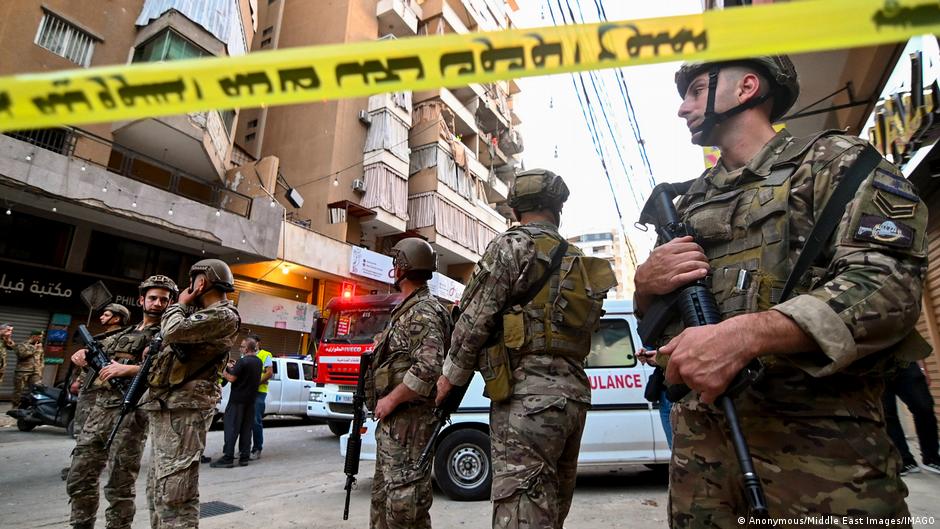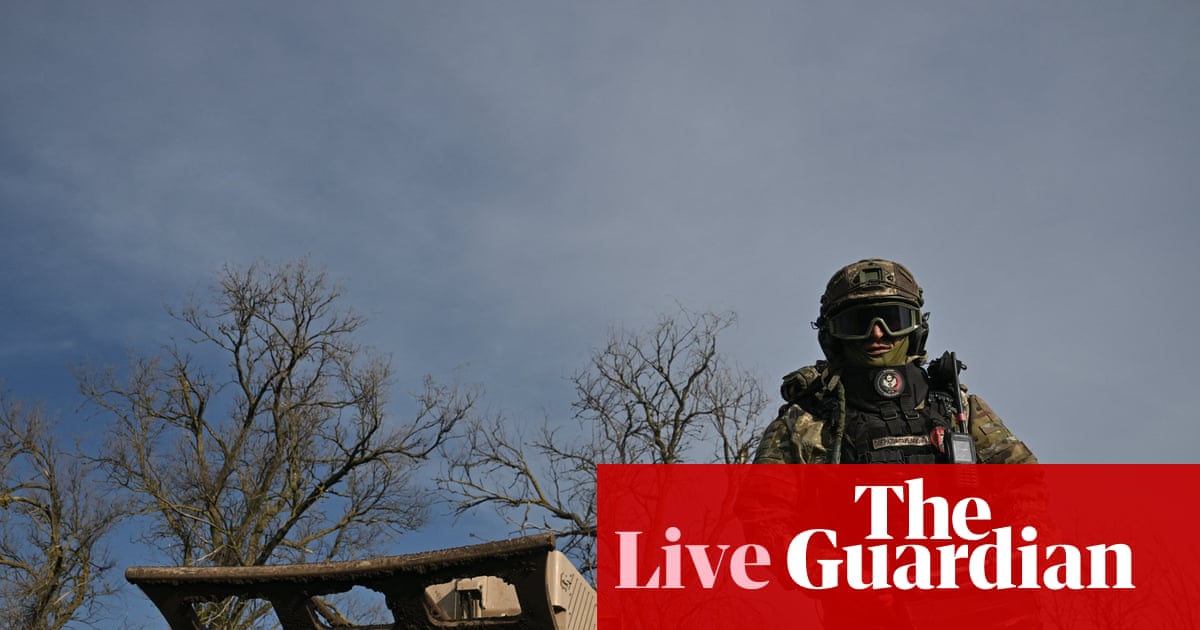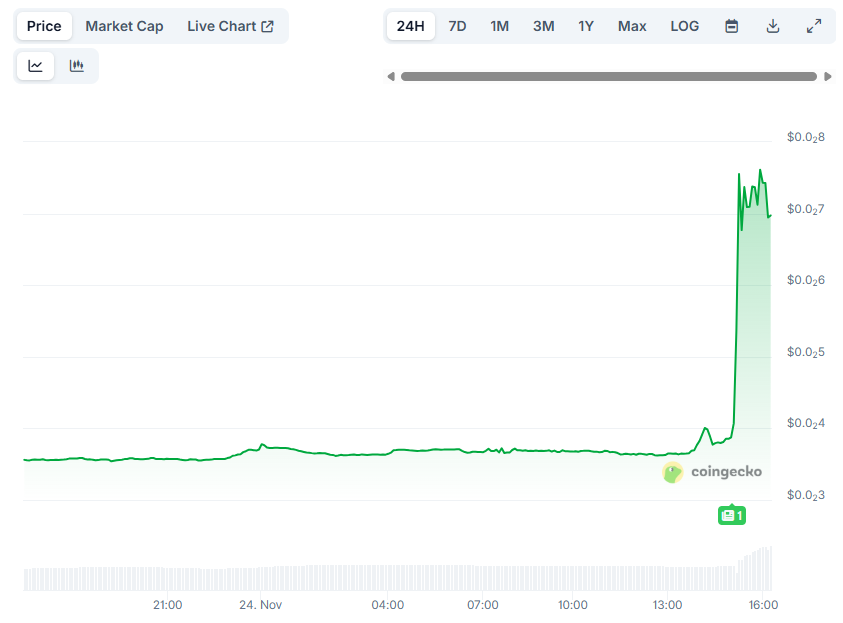Gunmen force their way into the St. Mary Catholic Secondary School in Agwara in central Niger state on November 21, their gunfire ripping through the silence in the dormitories where pupils were still asleep. They then led the students — a total of 303 — and 12 teachers away.
It was the second mass abduction in Nigeria in less than a week. Four days earlier, about 25 girls were taken at gunpoint from a school in neighboring Kebbi state.
The mass abductions came after a warning by US President Donald Trump of military action against Nigeria over the alleged persecution of Christians in the country.
Nigeria has dismissed the claim, but it is facing multiple overlapping insecurity crises across its central and northern regions, with terrorists laying siege to communities, and carrying out mass abductions and kidnappings for ransom.
An ambitious initiative
According to the Lagos-based SB Morgen consulting firm, Between July 2024 and June 2025, at least 2.57billion naira ($1.7 million, €1.5 million) was paid to kidnappers between July 2024 and June 2025.
Schools are particularly soft targets. In the last 10 years, criminal gangs and Islamist militants have abducted no fewer than 1,880 pupils across Nigeria. Many were released but some were killed.
The West African country is still scarred by the kidnapping of nearly 300 schoolgirls in northeastern Chibok in 2014 by Boko Haram militants. Some of them are still missing.
The government subequently launched its Safe School Initiative (SSI) to protect schools, particularly those in high risk areas, from terror attacks. Despite the initiative, which cost an initial $30 million, Nigeria is still struggling to stop mass abductions and protect children at schools.
Five hundred schools were supposed to benefit from the first phase, with 30 schools chosen as part of the pilot project. The aim was to fortify schools with barbed wire fences, deploy armed guards, provide staff training and counselling, and develop security plans and rapid response systems.
While a few SSI successes were recorded, including the provision of prefabricated classrooms and learning materials for children in displacement camps, momentum soon dipped. This was due in large part to a change in government in 2015, which many believe led to a shift in priorities.
“It was meant to be the turning point in how Nigeria protects its schools,” Seliat Hamzah, an inclusive education advocate, told DW. The big disconnect still remains “weak inconsistent implementation,” she said. “On paper, the framework covers everything; infrastructure, safety, emergency readiness, community engagement, teacher’s training and the early warning system. But in many schools, especially in high risk regions like the north, very little of these has materialized.”
What are the complications?
The implementation of the SSI has been slow. Four years ago, when the abductions at schools peaked again, particularly in the northwest region where criminal gangs prowl, authorities floated a four-year national financing plan for the SSI, with a total investment of 144.7 billion naira starting in 2023.
In 2021, an official assessment of roughly 81,000 schools found many to to be vulnerable to attacks. So far, according to the National Safe School Response Coordination Centre (NSSRCC), only 528 of the country’s schools are registered with it for the SSI.
“It’s quite apparent, because look at the widespread kidnappings that have been happening in recent times in schools across the country,” said Hassana Maina, Executive Director of ASVIOL Support Initiative, a civil society group that monitors the school abductions.
“The gap is clear: the guidelines are there, but we don’t have execution. The implementation is always patchy, monitoring is weak, and most interventions are one-off projects.”
Analysts say coordination among Nigeria’s security agencies, as well as a funding crunch, is crippling the initiative. They note that the top-down approach of the initiative stopped many communities from taking ownership of the SSI.
“Over-reliance on security deployments without building community-based protections or early warning systems remains a major problem,” Maina said. “Schools are always within a community, so we must ask questions on what are the ideas that we have about early warning systems, how we have built it and fortified it into communities.”
Can the initiative still work?
If the SSI is live up to expectations, the authorities would need to strengthen security measures in rural communities and bolster inter-agency coordination, said Hamzah.
“Community roles are still underutilized and attackers continue to exploit the same long-standing vulnerabilities. So, we need to strengthen our security governance and improve coordination across agencies and bring communities to the center of the safety ecosystem.”
Confidence MacHarry, a senior analyst at SBM Intelligence, told DW: “There is no magic bullet to improving security in schools and protecting schools in the long term.”
He warned that a focus solely on protecting critical infrastructure like schools without addressing the broader threats facing rural communities would amount to a mere drop in the ocean.
“If we want to improve protection and security in schools across Nigeria, we have to take a holistic approach because whereas criminal groups attack communities, no matter how strong the security in the schools are, it is going to psychologically discourage parents from wanting to send their kids to school.”
Edited by: Benita van Eyssen








